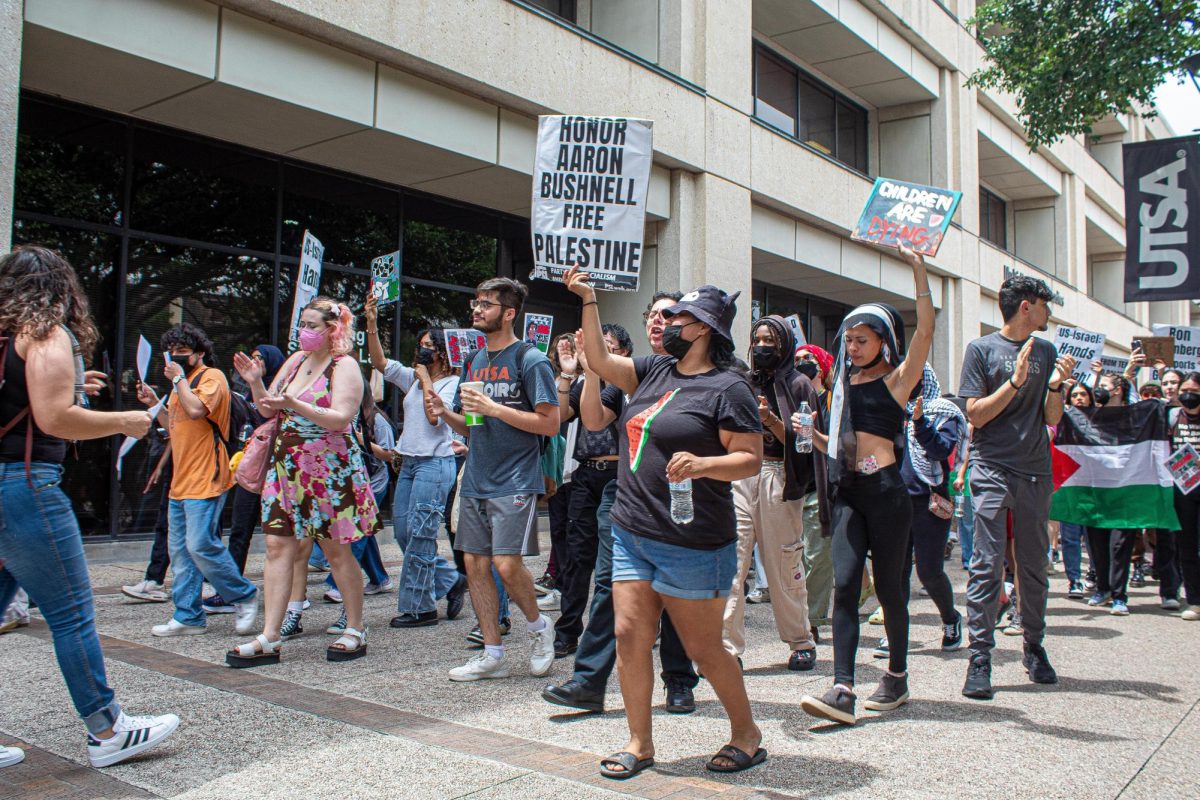UTSA will receive a five-year, $5 million grant from the National Science Foundation to establish the Simulation, Visualization and Real Time Prediction (SiViRT) center.
The grant is funded by the American Reinvestment and Recovery Act (ARRA), commonly referred to as the stimulus package.
The grant is the largest ARRA award UTSA has received.
SiViRT center will be based on interdisciplinary computer-based research, education and training and will be composed of three teams.
“The Office of the Vice President for Research is very excited to have received a $5M interdisciplinary award, which will promote collaboration not only among UTSA’s colleges and the University of Texas Health and Science Center at San Antonio (UTHSCSA), but also within regional, national and international institutions of higher education,” Marianne Woods, senior associate vice president for research administration said.
“We believe that this award will create the infrastructure and leadership necessary to put UTSA in the lead in the area of computer-based methods, systems and simulations research and education.”
The chairman of UTSA’s department of mechanical engineering, Efstathios Michaelides, will direct the center. Sos Agaian (the Peter Flawn distinguished professor of electrical and computer engineering) will lead the imaging team; Yusheng Feng, associate professor of mechanical engineering, will head the real time predictions team; and Harry Millwater, associate professor of mechanical engineering, will head the uncertainty quantification team.
Assistant Professor of Computation and Neural Systems Dr. Fidel Santamaria will serve as deputy director. Since the center is interdisciplinary, it will not be housed in one location.
Michaelides, who wrote the grant proposal with the help of other faculty members, believes SiViRT center will allow for further high-quality research at UTSA, as well as help educate and graduate underrepresented minorities (Hispanics, Native Americans, and women) in science and engineering.
SiViRT center aims to recruit high school students and assist them throughout their undergraduate education, as well as to continue support for those who want to do graduate work.
“First we will go to the community outside, and we’ll try to induce good high school students to come and study science, mathematics and engineering. Then we will support some of these students in our labs, and we will give them stipends to do some research.
“If they decide to go to graduate school, we will support them as graduate students, and we will give them bigger stipends. So in the end they will be able to graduate with a doctoral degree,” Michaelides said.
The stipends, which take up more than half of the grant according to Michaelides, will cover student tuition, research and conference travel among other costs.
“It’s an ambitious but good goal to create a plan that will take students from the senior year of high school all the way to the doctoral degree,” Michaelides said.
Work on establishing the center has already begun. The capital offices will be located in the new Applied Engineering and Technology building at the UTSA 1604 campus.
“I have started the process for getting a coordinator for the center, and we have started research. We have already hired the people who will work on that, graduate and undergraduate students, and we will hire a few more,” Michaelides said.
Future goals for the SiViRT center include conducting internationally recognized research, becoming the focus of research activity at UTSA and UTHSCSA in computational and visualization research, and becoming a major source of information on careers in science and engineering. Michaelides also hopes that the 5-year grant is simply the starting point.
“The goal is to remain sustainable,” Michaelides said. “We see this grant as a corner stone that helps bring in more grants.”
Michaelides and Woods both believe that the grant and the center is another step for UTSA towards achieving tier one status. Michaelides noted that 16 faculty members are currently working for the center, and they hope to do more quality work in the future.
The American Recovery and Reinvestment Act was passed by Congress in February and invests $787 billion in education, health care, infrastructure, energy and tax cuts among other investments.











